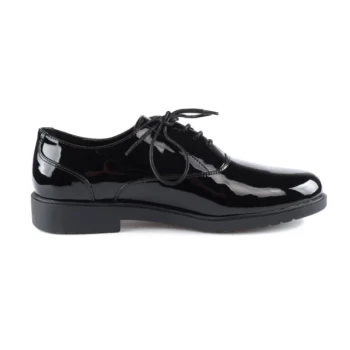Suede and nubuck leather are both prized for their soft, luxurious textures, but they differ in origin, durability, and ideal applications. Suede comes from the underside of the hide, offering a napped, velvety finish perfect for casual and fashion footwear. Nubuck, made from the outer side of top-grain leather, is sanded for a plush texture that balances durability with elegance, making it suitable for both boots and dress shoes. While suede is softer and more delicate, nubuck provides greater resilience, catering to different style and functional needs in footwear and accessories.
Key Points Explained:
-
Origin and Production Process
- Suede: Derived from the underside of the hide, it undergoes a buffing process to create a napped, fuzzy texture. This makes it exceptionally soft but less resistant to wear.
- Nubuck: Made from the outer side of top-grain leather, it’s lightly sanded to achieve a velvety surface. This preserves more of the hide’s natural strength while delivering a refined finish.
-
Texture and Aesthetic
- Suede: Known for its plush, matte appearance, it has a distinctly casual and tactile appeal, often used in sneakers and bohemian-style accessories.
- Nubuck: Offers a smoother, more uniform texture with a subtle sheen, bridging the gap between rugged durability and sophistication.
-
Durability and Maintenance
- Suede: More prone to stains, scuffs, and water damage due to its porous nature. Requires specialized cleaners and brushes to maintain its nap.
- Nubuck: More resilient than suede but still needs care (e.g., waterproofing sprays) to protect its surface from dirt and moisture.
-
Versatility in Use
- Suede: Ideal for fashion-forward, lightweight designs like loafers, jackets, and handbags where comfort and texture take priority.
- Nubuck: Favored for sturdy yet stylish footwear (e.g., Chelsea boots) and accessories that demand both elegance and longevity.
-
Luxury and Perception
- Both are associated with high-end fashion, but nubuck is often perceived as more refined and durable, while suede leans artisanal and tactile.
-
Customization Potential
- Suede’s porous nature makes it easier to dye for vibrant colors, whereas nubuck’s tighter grain allows for subtle tonal variations and patina development over time.
For buyers, the choice hinges on balancing softness vs. resilience and casual charm vs. polished versatility. Suede excels in expressive, low-impact designs, while nubuck suits those seeking understated luxury with everyday practicality.
Summary Table:
| Feature | Suede Leather | Nubuck Leather |
|---|---|---|
| Origin | Underside of the hide (napped finish) | Outer side of top-grain (sanded finish) |
| Texture | Plush, matte, fuzzy | Smooth, velvety, subtle sheen |
| Durability | Soft, prone to stains/scuffs | More resilient, resists wear better |
| Best For | Casual footwear, fashion accessories | Dress shoes, durable boots |
| Maintenance | Requires specialized cleaners | Needs waterproofing sprays |
| Aesthetic | Bohemian, tactile | Refined, understated luxury |
Looking for premium suede or nubuck footwear tailored to your needs? 3515 is a leading manufacturer of high-quality leather shoes and boots, offering customizable solutions for distributors, brands, and bulk buyers. Whether you need soft, fashion-forward suede designs or durable, elegant nubuck styles, our extensive production capabilities ensure top-tier craftsmanship.
Why choose us?
- Bulk & Custom Orders: Scale production to match your demand.
- Versatile Designs: From casual sneakers to polished boots.
- Quality Assurance: Premium leathers with expert finishing.
Get a quote or discuss your project today and let’s create footwear that stands out!



















